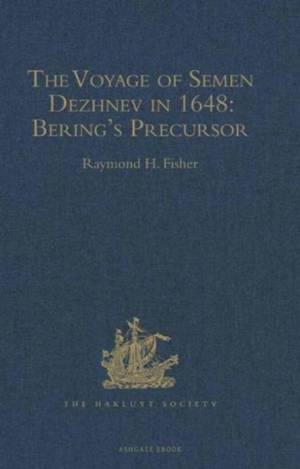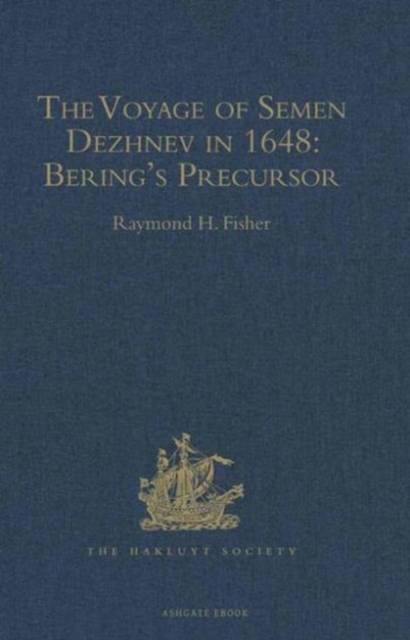
- Retrait gratuit dans votre magasin Club
- 7.000.000 titres dans notre catalogue
- Payer en toute sécurité
- Toujours un magasin près de chez vous
- Retrait gratuit dans votre magasin Club
- 7.000.000 titres dans notre catalogue
- Payer en toute sécurité
- Toujours un magasin près de chez vous
The Voyage of Semen Dezhnev in 1648
Bering's Precursor
175,95 €
+ 351 points
Description
In 1736 Gerhard Müller, a member of the new Russian Academy of Sciences, while gathering historical materials in Siberia, uncovered in Yakutsk reports briefly describing a voyage in 1648 from the Arctic river, Kolyma, around a great rocky promontory to a point south of the Pacific river Anadyr'. The reports were those of Semen Dezhnev, leader of the expedition and one of the 26 survivors. They gave very few details about the voyage, but said enough to lead Müller to conclude that it demonstrated the separation of Asia and America, a matter insufficiently determined in 1728 by Vitus Bering. Müller published an account of the voyage in 1758, and it aroused considerable interest, for it answered the long-standing question of the geographical relation between Asia and America, and became a factor in the sending to the north Pacific of Captain Cook to look for a north-west or north-east passage between Europe and the Pacific. Interest in the voyage declined after Cook's time and did not revive until the end of the next century when new material was discovered in the Russian archives. That and the frontal attack in 1914 on the evidence for the voyage and Müller's conclusion from it by the American historian, Frank A. Golder, led in time, especially after World War II, to a more extensive examination of it by Soviet scholars and to the uncovering of new materials relating to it. Unfortunately these materials add very few details about the voyage, but they do provide information about the setting and circumstances in which it took place, its antecedents and aftermath, and led to a more searching probing of the episode. All of this justifies a drawing together and critical examination of the relevant documents and studies made of the voyage into a single and hopefully, balanced treatment of it and its participants, on the basis of which a judicious conclusion may be drawn as to its actuality and its significance. That conclusion, which is hard to escape, is that the evidence supports Müller, not Golder.
Spécifications
Parties prenantes
- Editeur:
Contenu
- Nombre de pages :
- 340
- Langue:
- Anglais
- Collection :
Caractéristiques
- EAN:
- 9780904180121
- Date de parution :
- 31-01-99
- Format:
- Livre relié
- Format numérique:
- Genaaid
- Dimensions :
- 138 mm x 216 mm
- Poids :
- 453 g






